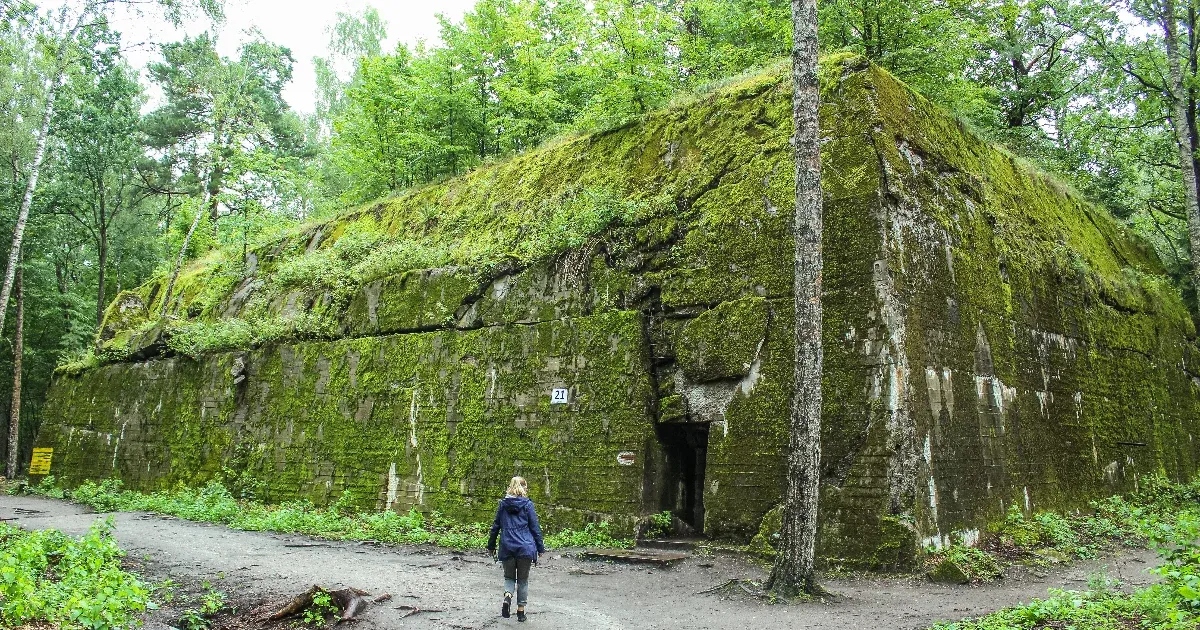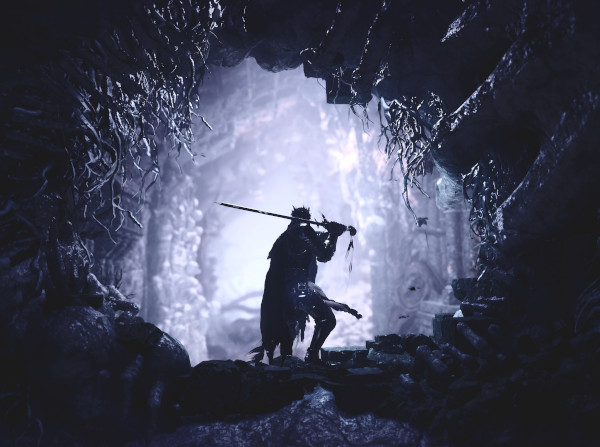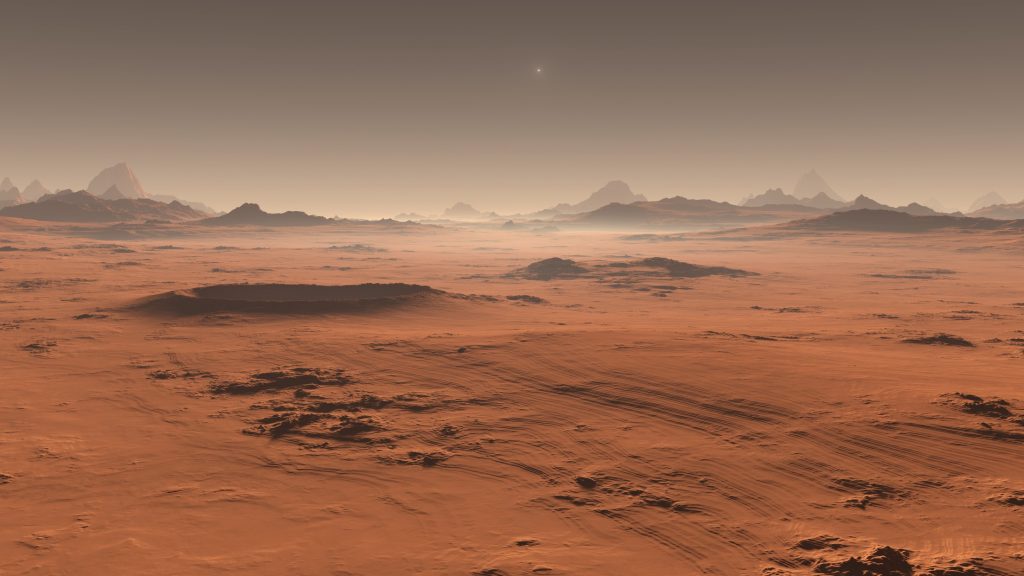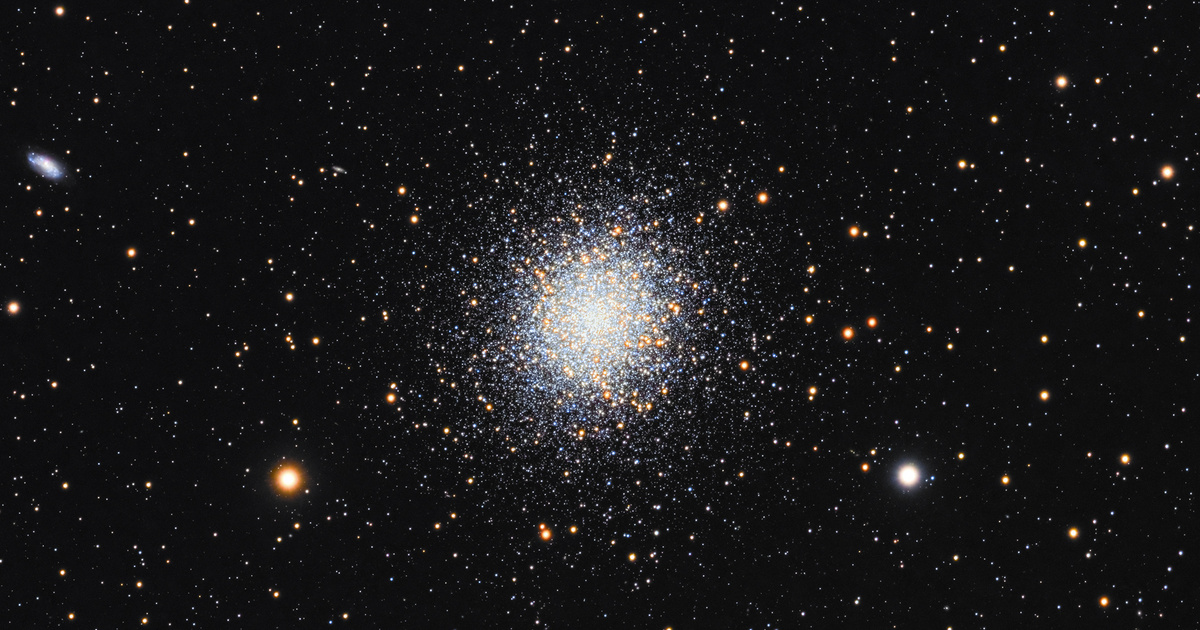A sharp shot of one of the brightest globular clusters in the Northern Hemisphere by Majzik Lionel – in June This photo was chosen as Photo of the Month by Hungarian Astronomical Photographers Association.
Popular Destinations
Messier 13 or M13 is a popular deep-sky object and is a popular spring target for telescope shows, because it is bright, its range is not as small as that of other globular groups, and even when observed with a smaller telescope, we can glimpse stars unique to its bright center.
What is a set of domains?
A globular cluster is many, many stars in a small space. The interesting thing about the sky and the universe is that stars are not only distributed evenly and completely randomly, but can also be concentrated in certain types of densities within a galaxy. Astronomers mainly distinguish between two types of star condensation, or mass: open mass and globular cluster. Open clusters are found along the main plane of the Milky Way, like the Perseus Double Cluster. In these, there are a few dozen, at most a few thousand stars, which are usually young, and the shape of the cluster is irregular. Unlike an open cluster, a globular cluster is regular, spherically symmetric, and contains more than thousands of stars, which are usually older than the cluster itself. Globular clusters can be billions of years old, and their additional interesting feature is that they can be found almost anywhere in the Milky Way, even around the Milky Way.
Why the M13 block? And what is that galaxy in the background?
Groups of domains are very similar. This is why it is useful to use a small telescope to capture the most amazing and bright object of Hungary, M13. However, taking a shot is not so simple, even if you choose an “easy” target from an astrophotographer’s point of view. In the case of this image, it’s worth observing the small, distant spiral galaxy NGC 6207, 30 million light-years away, on the left edge of the image, to see how deep and detailed the image is.
And what tricks the author, Lionel Majzik, had to use in order to record this wonderful recording, can be read in his personal report:
“Summer Nights Palace does not favor astrophotographers, to put it mildly. It often takes years to collect the amount of photons needed for aesthetic processing from a faint object in the summer’s deep sky. I tried to overcome this obstacle by choosing not a faint nebula, but the brightest of the observable range of fields from Hungary.
“I collected the raw materials for the image published over six nights from July 7, 2021 to August 14, 2021, from Tápióbicske in Pest County. I was also helped by a Sky-Watcher 80/400 mm tri-mono and ZWO ASI 183 MM Pro, a special monochrome camera Developed for deep sky objects, in it, which I used with an LRGB filter set to get a color image.During the processing, I only worked with the best photos, so I eventually combined 170 shots taken with an exposure time of 3 minutes, meaning I used a total exposure time of 8.5 hour. “
“A globular cluster is an object with very wide dynamics. The central region can burn quickly, and the faint outer stars are barely visible if we don’t image them properly, which is why I decided to use 3-minute shutter speeds. This was the Golden Middle Way” ‘, as I had just avoided the burning of the central region, while the faint peripheral stars had already appeared. This photographic challenge accompanied me throughout post-production. It is difficult to deliver Messier 13 at an interesting size with a focal length of 400 mm (which is still considered short for deep sky objects) , so I definitely had to think about cutting deeper. I found the solution in the computational method used to process Hubble Space Telescope images, ie in the so-called “spray” integration. Using “Drizzle” I doubled the size of the image, while the image content was not damaged, so I can use Crop the narrower safely. I was particularly pleased that the apparent environment of the globular cluster is not surrounded by any dust cloud, so if we take a closer look at the background, we can marvel at a lot of small galaxies more than a billion light-years away.”
(Cover Image: Majzik Lionel)











































